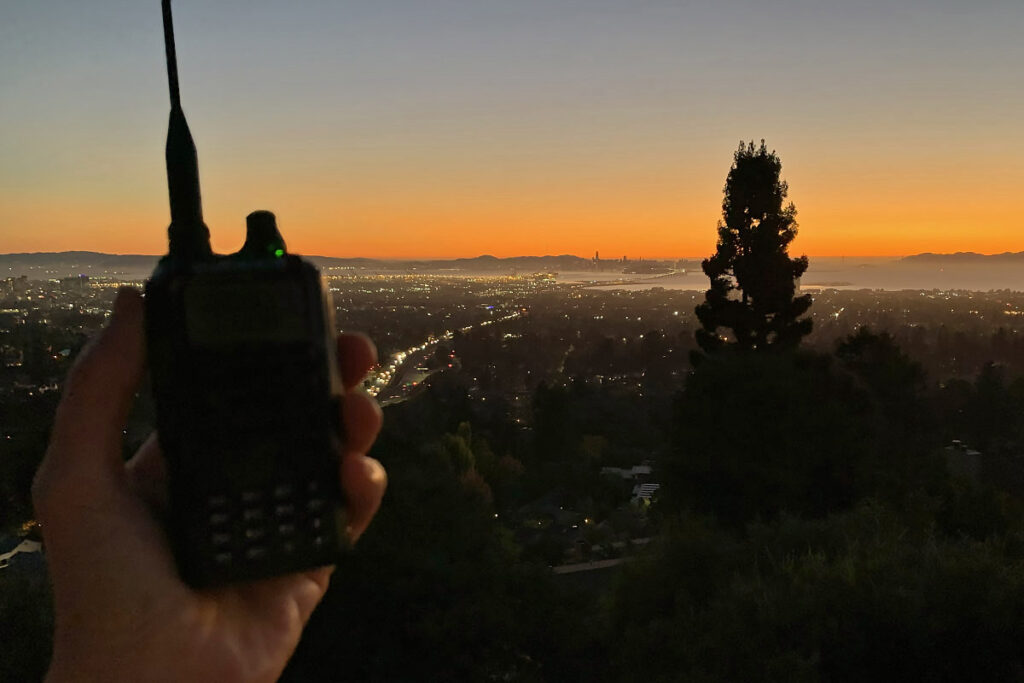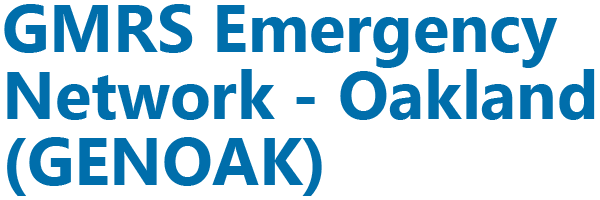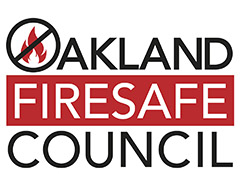Check-In Net
Regular Check-in Net
GENOAK holds a regular on-air get-together called a “check-in net (network).” The purpose of this net is to allow individuals to practice using their radio and to develop good radio communications skills. And then, during an actual emergency, effective use of radio communications is second-nature.
Making GENOAK check-ins a regular part of our emergency preparedness activities will allow us to better communicate with other communities, CERT groups, hubs, etc, for more efficient and coordinated sharing of information and resources.
The regular GENOAK check-in net takes place on the first Tuesday of the month at 19:00 (7:00pm) Pacific Time.
An impromptu GENOAK check-in net may take place on the first Wednesday of the month at noon Pacific Time when the Oakland emergency siren system holds its monthly test.
Participate in the Net
Anyone with a repeater-capable GMRS 2-way radio is welcome and encouraged to check in to the net. We recommend that you first listen to few check-ins to get a sense for the pattern of communications.
To transmit (talk) on the GENOAK net you will first need to program your repeater-capable GMRS radio with specific transmit and receive codes. If your radio is not configured please contact us for this access/programming information if you are in the Oakland/East Bay area. Note that anyone with an FRS/GMRS radio can monitor (listen to) the GENOAK net on Channel 17 (462.600 MHz) with the “Privacy/PL Code” set to 0 or “Off”.
During the check-in net you will be asked to provide your FCC GMRS call sign, first name, neighborhood affiliation or location and your Genasys Protect (Zonehaven) evacuation zone name. You should be able to say your call sign in “phonetics,” using the ITU/NATO phonetic alphabet (but it’s not mandatory.)
The GENOAK check-in net is a “directed net,” meaning that you should refrain from transmitting unless you are checking in or called upon by Net Control. If you need to talk at any other time, say your full GMRS call sign and wait for Net Control to come back to you. Emergency and priority traffic may interrupt the net by saying “break” or “emergency” followed by your call sign.
Be a Net Control Operator!
We encourage GENOAK operators to lead a regular check-in net as the Net Control Operator (NCO). It is a great learning experience and not difficult! We recommend that you first participate in a few check-in nets and practice writing down the call signs and requested information as others check in. Contact us to sign up for an upcoming date or ask during the regular check-in net.
The Net Control script (“preamble”) can be found here.
When acting as Net Control it is recommended that you have the following:
- A comfortable, quiet location where you won’t be interrupted
- A GMRS radio that can reliably reach the repeater from your location
- Fully charged battery and extra battery or if applicable, or a backup power source
- Printed copy of the Net Control script
- A few pencils or pens
- Blank paper for writing down call signs and information, noting traffic requests, etc.
- Glass of water
Simplex Test
“Simplex” communications are direct radio-to-radio transmissions with no repeater in the middle. It is a good idea to occasionally test how well everyone on the net can communicate via simplex because in an emergency the repeater may be overloaded or no longer functioning.
A simplex portion of the regular check-in net can follow the repeater portion. For the simplex test the Net Control Operator and all participating stations will first switch their GMRS radios to Channel 16 (462.575 MHz). If Channel 16 is busy then the NCO will provide another channel to switch to, until a clear channel is found. Then the NCO will attempt to contact each station by stating their call sign. If the station hears Net Control they can simply respond back with their call sign.
Note that due to terrain, foliage, distance or other factors that reduce the range and clarity of radio transmissions, you may not hear the NCO or the NCO may not hear you. This is not unusual and should be anticipated. Another station may hear you instead, and they can act as a relay by informing the NCO that you were heard. Relays may be needed to pass messages during an real event and this is all good practice for an emergency when nothing is for certain.


